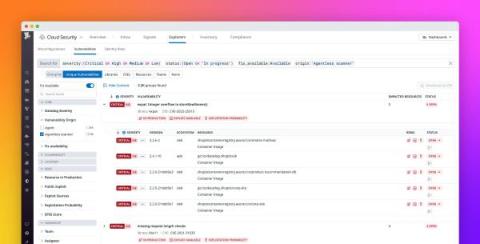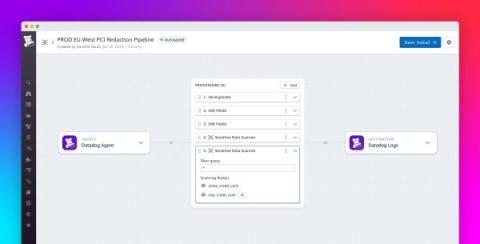Monitor DNS logs for network and security analysis
The Domain Name System (DNS) translates domain names (e.g., datadoghq.com) into IP addresses via a process called DNS resolution. This translation facilitates all kinds of network communication, from enabling web browsers to connect to a desired page without requiring users to remember IP addresses, to internal communication across private infrastructure, such as Kubernetes environments.











